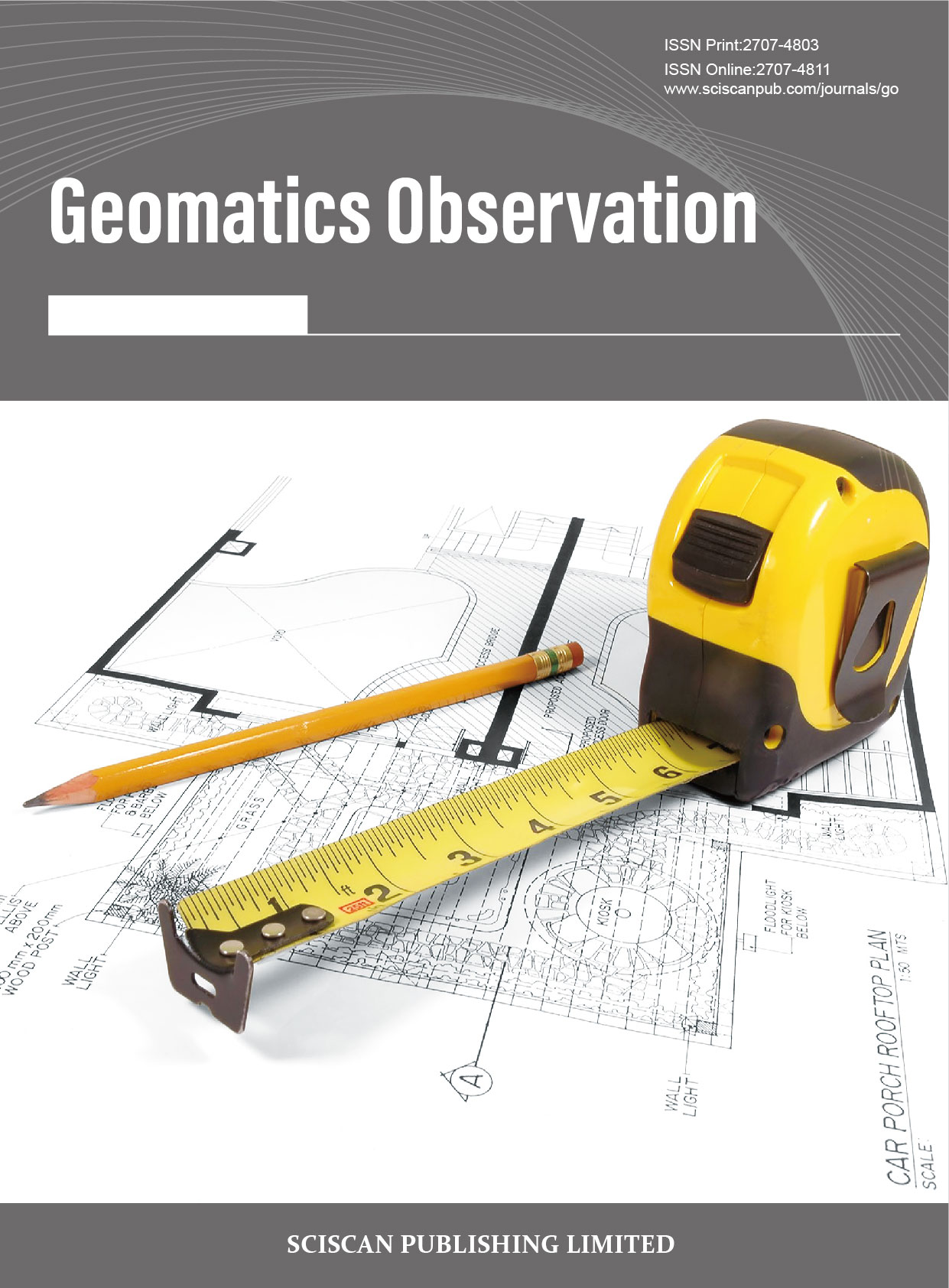Geomatics Observation
ISSN Print:2707-4803
ISSN Online:2707-4811
Contact Editorial Office
Subscribe to the latest published information from SCISCAN
基于机载激光雷达的复杂植被山区滑坡影像解译
Landslide Image Interpretation in Mountainous Areas with Complex Vegetation based on Airborne LiDAR
- Authors: 尹晨沣 刘国栋
-
Information:
重庆交通大学土木工程学院,重庆
-
Keywords:
Landslide monitoring; Airborne LiDAR; Digital elevation model; Terrain factor; Image interpretation滑坡识别; 机载激光雷达; 数字高程模型; 地形因子; 图像解译
- Abstract: Landslide and other geological disasters generally occur in mountainous areas with multi-vegetation coverage. It is difficult to achieve accurate landslide identification and remote sensing interpretation in such areas by using traditional optical remote sensing. Light Detection and Ranging (LiDAR) as a new remote sensing technology, because of its unique high penetration, can get the accurate ground information in the vegetation covered area, and by the cloud, terrain shadow and other environmental factors, a wide range of application, has been gradually applied to all kinds of geological disaster investigation. Based on airborne LiDAR data, accurate ground points were extracted and digital elevation model (DEM) was generated in the experiment. Various topographic factors derived from DEM were used to realize landslide landform identification and interpretation, which improved the accuracy of landslide disaster interpretation in mountainous areas with complex vegetation. The experimental results show that the high-precision DEM data generated by airborne LiDAR can clearly identify the landslide area, which provides data support for landslide disaster prevention and disaster assessment. 滑坡等地质灾害普遍发生在多植被覆盖山区,使用传统的光学遥感难以在该类区域实现准确的滑坡识别与遥感解译。机载激光雷达(Light Detection and Ranging,LiDAR)作为新型的遥感技术,因其特有的高穿透性,能够得到植被覆盖区域下准确的地面信息,并且受云层、地形阴影等环境因素影响较小,适用范围广,已经逐渐被应用于各类地质灾害调查中。实验基于机载 LiDAR 数据,从中提取精确地面点并生成数字高程模型(Digital Elevation Model,DEM),通过 DEM 衍生的各类地形因子实现滑坡地貌识别与解译,提高了在复杂植被山区的滑坡灾害解译的准确性。实验结果表明通过机载 LiDAR 生成的高精度 DEM数据可以清晰的识别出滑坡区域,为滑坡灾害防治和灾害评估提供数据支持。
- DOI: https://doi.org/10.35534/go.0301001
- Cite: 尹晨沣,刘国栋.基于机载激光雷达的复杂植被山区滑坡影像解译[J].测绘观察,2021, 3(1):1-8.
















